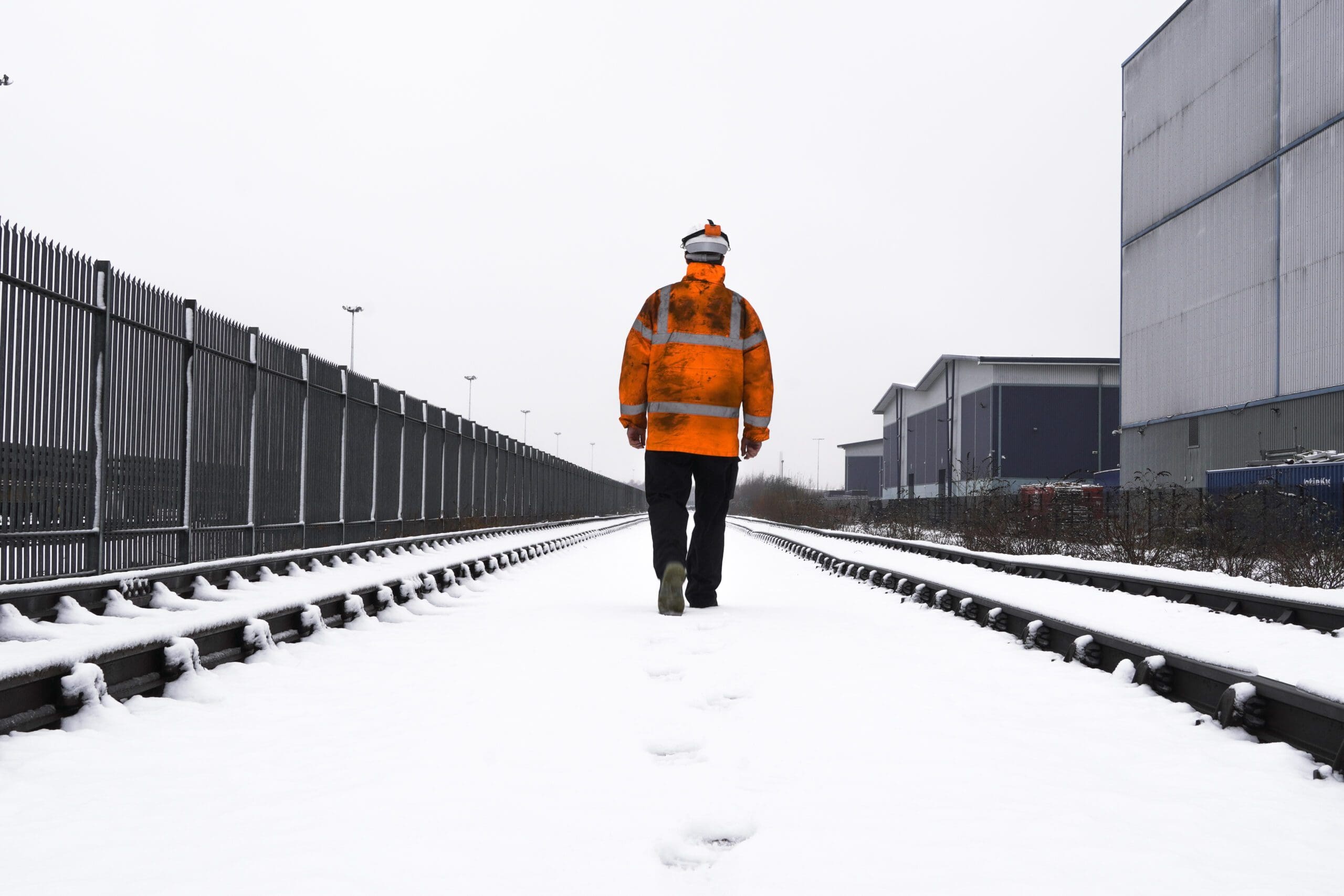Railroad Settlements and Asbestos
In 1862, Congress passed the Pacific Railroad Act, which financed two transcontinental railroad companies through providing large grants of lands for rights-of-way. Railroad workers who develop cancers because of exposure to work-related hazards could sue their employers under the Federal Employers Liability Act (FELA).
An Illinois jury has handed down a $7.5 million verdict to a former Union Pacific trackman dying from acute myeloid leukemia. The man blamed his blood cancer on massive exposure to creosote and benzene, which were used to preserve and waterproof wooden railroad ties.
Creosote
Coal tar - an organic wood preserver, is used to protect railroad tie from heat, sun and cold, rain, and snow. Workers are exposed to toxic chemicals and solvents, like benzene, in the process of applying of coal creosote. Benzene is a well-known carcinogen can cause leukemia as well as non-Hodgkin's lymphoma, as being associated with other serious issues like heartbeat and convulsions, liver damage, anemia and cancers of the lung and the body.
Our lawyers have successfully prosecuted various lawsuits against Union Pacific Railroad involving coal-tar creosote exposure. union pacific settlements of these cases was settled with an award of $7,500,000. The plaintiff was a track department worker who contracted acute myeloidleukemia due to exposure to the chemical compound that is toxic in his work over 31 years. The jury found that the railroad failed to provide any personal protective equipment. The plaintiff was frequently exposed him large number of toxic chemicals including coal-tar creosote as well as coal tar distillates, carbolineum and naphtha and other cleaning solvents.
Another argument was the use of copper naphthalenate as an alternative to creosote from coal tar. Although railroad back injury settlements is less harmful to the environmental than creosote can still be extremely dangerous. Copper naphthenate can cause cancer and can cause nerve, skin and lung damage to the lung, skin and nerves. It also contaminates the soil and groundwater with benzene.
union pacific settlements which is used in the manufacturing of resins, plastics nylon and synthetic fibers. It is also used in diesel fuel and exhaust. Nearly all railroad workers are exposed to diesel fumes regularly on a basis. Benzene, a known carcinogen, has been linked with leukemia and myelodysplastic disorder (MDS).
There is no safe exposure to benzene. It can be inhaled or absorbed through the surface of the skin. Long-term exposure could damage the bloodstream and cause health problems, including menstrual irregularities, anemia and fertility issues. It has also been linked to certain types of cancer which include lung and breast cancer.
Inhaling benzene is among the most hazardous. Inhaling benzene can cause dizziness, headaches or nosebleeds. Benzene can also interfere with the immune system, which may result in infections.
Recent reports have revealed the high levels of benzene in the vicinity of two Chicago train stations. Commuters and railroad employees were exposed to these excessive levels of pollution, which prompted schools to close classes and cities to ask residents to stay in shelters. Railroad workers, such as car department employees and locomotive mechanics, electricians and pipefitters utilize products containing benzene, such as Safety-Kleen part washers CRC Brakleen and paints, thinners and other products. The chemical is also used in printing solvents.
Asbestos
At first asbestos was employed in the railroad industry. Asbestos is comprised of six silicate minerals that are naturally occurring with a fibrous structure. They were once utilized in construction because of their an anti-corrosion, fire retardant and insulate properties. Inhaling these tiny fibers could cause serious health issues such as lung cancer, asbestosis and mesothelioma. These conditions can take up to 30 years before symptoms are evident.
The EPA has stopped asbestos mining and processing in the US However, asbestos is still found in many products. This includes certain kinds of flooring felt, paper and fake fire embers. But, if these items are exposed to water or heat, they may release toxic asbestos fibers. These fibers may also be released into air during demolition or remodeling.
A recent study has found that even five years of exposure to benzene significantly increases a person's risk for developing acute myeloid leukemia (AML). If you're experiencing symptoms such as night sweats, a mysterious weight loss, or a decrease in appetite or a lack of appetite, seek out your doctor immediately. They can conduct a blood test to detect AML.
The EPA recently settled a case against Genesee & Wyoming Railroad Services Inc. (GWRSI). GWRSI operates locomotives that run on diesel fuel and emit nitrogen oxides (NOx) and fine particulate matter (PM2.5). This EPA settlement requires GWRSI to replace any of its existing locomotives with new ones that comply with EPA emission standards.

Diesel Exhaust
As long as diesel fuel continues to be used to power freight trains, railroad workers are exposed exhaust. Diesel exhaust is a cocktail of toxic chemicals which include carcinogens like benzene and carbon monoxide, and formaldehyde. It also contains particulate matter, polyaromatic hydrocarbons, and nitrogen oxides.
The International Agency for Research on Cancer has classified diesel exhaust as a Group 1 carcinogen. Diesel exhaust can also trigger respiratory diseases like chronic obstructive lung disease (COPD) or bronchiectasis. railroad back injury settlements published in the journal Environmental Health Perspectives linked railroad worker employment and COPD rates.
Rail cars and locomotives emit diesel exhaust when they are running and idle in roundhouses and depots as well as yards and shops. When engines are running, they release gases like sulfur dioxide and nitrogen oxides along with diesel fumes.
The odor of diesel exhaust is often inescapable inside locomotive cabs, in which conductors and engineers can sit for up to six hours at a time. The equipment and the engine emit more exhaust fumes from diesel engines when people enter or leave the cabs. This could cause lung and cancerous ailments.
Additionally railroad mechanics are exposed to diesel exhausts in poorly ventilated roundhouses and shops. They work in enclosed areas with locomotives, track equipment and asbestos-insulated steam boilers.
